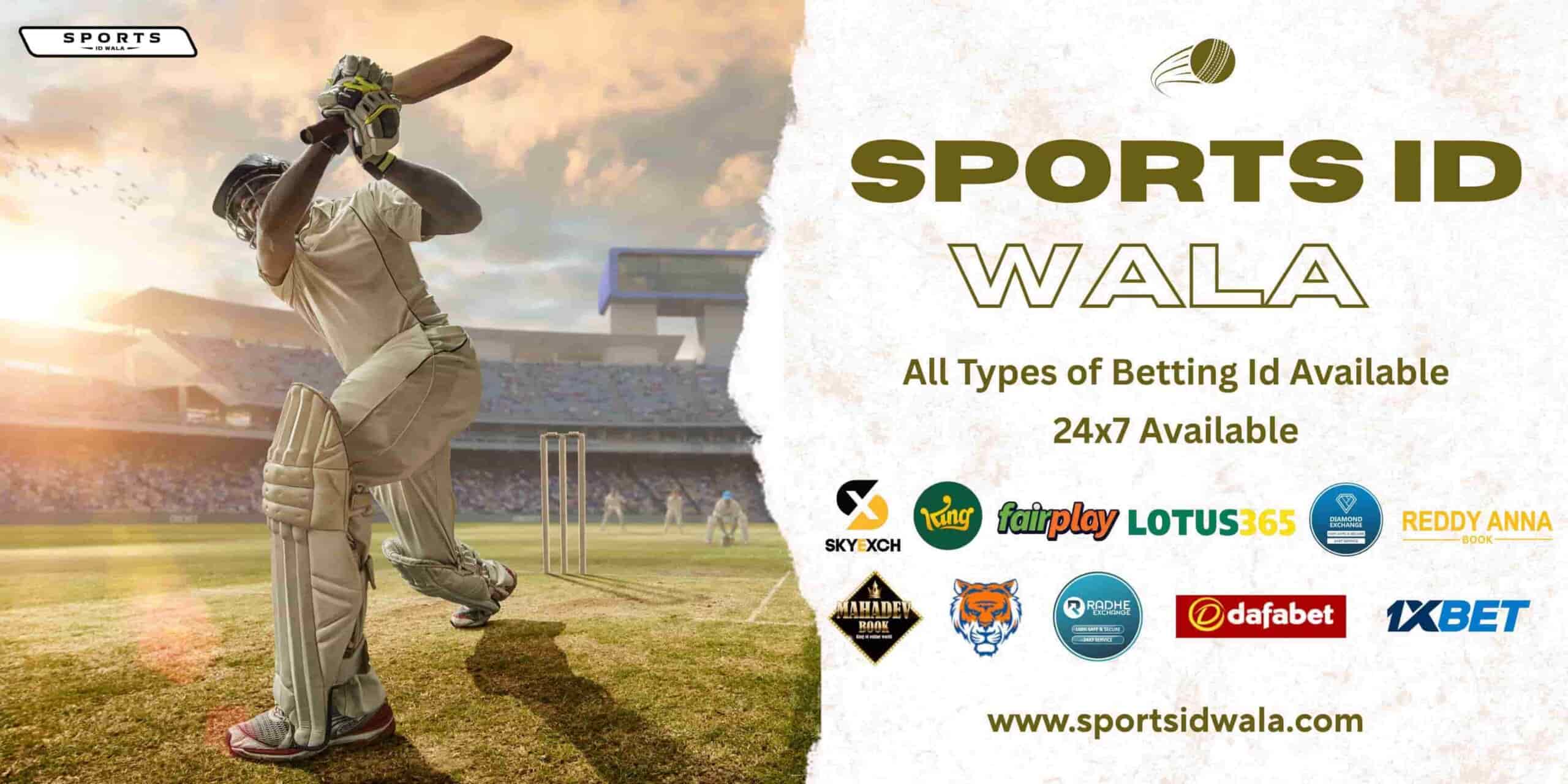
Understanding the Modern User’s Interest in Sports
Today’s audience looks for more than scores and highlights. Users who search for content about sports often fall into a few main categories of intent:
Informational intent – wanting to learn about a sport, its rules, benefits, or history.
Transactional intent – looking to buy sports gear, tickets, or event passes.
Navigational intent – seeking a specific team’s website, tournament page, or training app.
Inspirational or motivational intent – searching for stories of athletes who overcame challenges or advice on fitness and self-discipline.
Knowing these user intents allows writers, brands, and educators to create what feels like real emotional and practical connection with the reader. An story on the physical benefits of basketball, for instance, should explain not only what the physical benefits are, but why someone might be motivated to take up the game and how they can do so safely.
The Social and Emotional Impact of Sports
Sports have an incredible power to unite people from different cultures and social and economic backgrounds. In big events—such as the FIFA World Cup or the Olympics—the world feels like it stops turning as we all share that feeling of excitement and pride. Sports give fans a sense of community and identity. And for the athletes, it means having a purpose and a chance.
But sports cultivate emotional intelligence, beyond just the exhilaration of competing. They discover how to handle defeat, control their anxiety, and take success in stride. Sports can teach important values, such as respect, empathy and perseverance, and for kids, that can be vital character education.
Health and Fitness: The Core User Benefit
In terms of health, there is no denying the positive impact of sports. The benefits of regular sport participation include good cardiovascular function, strong muscles and bones, improved flexibility, positive mental health and more. With sedentary lifestyle and screen time getting increasingly popular, people are now embracing sports as a means to keep fit and to get rid of stress.
When a user searches for "best sports for mental health," they are not only looking for ideas about what to do but also a sense of what might help them emotionally. Research indicates that team sports such as volleyball or soccer are more conducive to socialization and have better self-esteem, while individual sports like swimming and running encourage awareness and individual concentration.
Technology’s Role in Modern Sports Consumption
In today’s digital world, the intent of the users around the sport has changed significantly. Fans no longer depend just on television to get their fix; they livestream matches, track players on social media and play fantasy leagues. Now amateur and professional athletes alike are using analytics, wearable technology and AI-powered fitness apps to unlock their best performance.
For instance, users who search for “how to increase running speed” expect some actionable tips based on data, like a specific heart-rate zone or a training metric from a smart-watch. Writers, and coaches, that cater to those data-driven expectations can produce more authoritative, useful content that fulfills user intent better.
Sports as a Driver of Economic and Cultural Growth
But sports are more than just good for your health and well being—they’re a huge economic driver. And those top leagues and events make billions of dollars in revenue from broadcasting, merchandising and tourism. Cities that host are recipients of sports-induced infrastructure development and global fame. At a cultural level, sports heroes can become role models for future generations and even shape national identity.
For example, athletes such as Serena Williams or Lionel Messi shatter ceilings and their accomplishments transcend the playing field—they become advocates for social change and gender equality and inspire countless individuals around the globe. People searching for “motivational sports stories” want that emotional connection — evidence that determination and hard work can beat the odds.
Addressing User Intent in Sports Writing and Marketing
For anyone producing sports content—whether blogs, podcasts, or videos—understanding user intent is crucial. The most effective content answers why the user came to you and what value they’ll get in return.
For informational intent: Offer clarity, explain rules, and use visuals or examples.
For motivational intent: Include stories, quotes, and real-life lessons from athletes.
For transactional intent: Make product reviews, comparisons, and links clear and trustworthy.
For community intent: Encourage discussion, comments, and user participation through polls or live streams.
Sports creators are able to both draw readers and establish trust and authority in a crowded digital space when they align content with intent.
Conclusion: Sports as a Universal Language
Ultimately, sport is a cross-age, cross-race and cross-national boundary. They are universal effort, team spirit and dream languages. A person may be searching for “how to start playing tennis,” “best diet for athletes” or “greatest football moments,” but the intention behind all of them is the same: to connect with something that lifts the body and soul.
Sports tell us the victory is not just about winning a game – it is about staying in the game, learning in the game and loving the game. In a world so often fractured by differences, sports are one of the few things that bind us together.